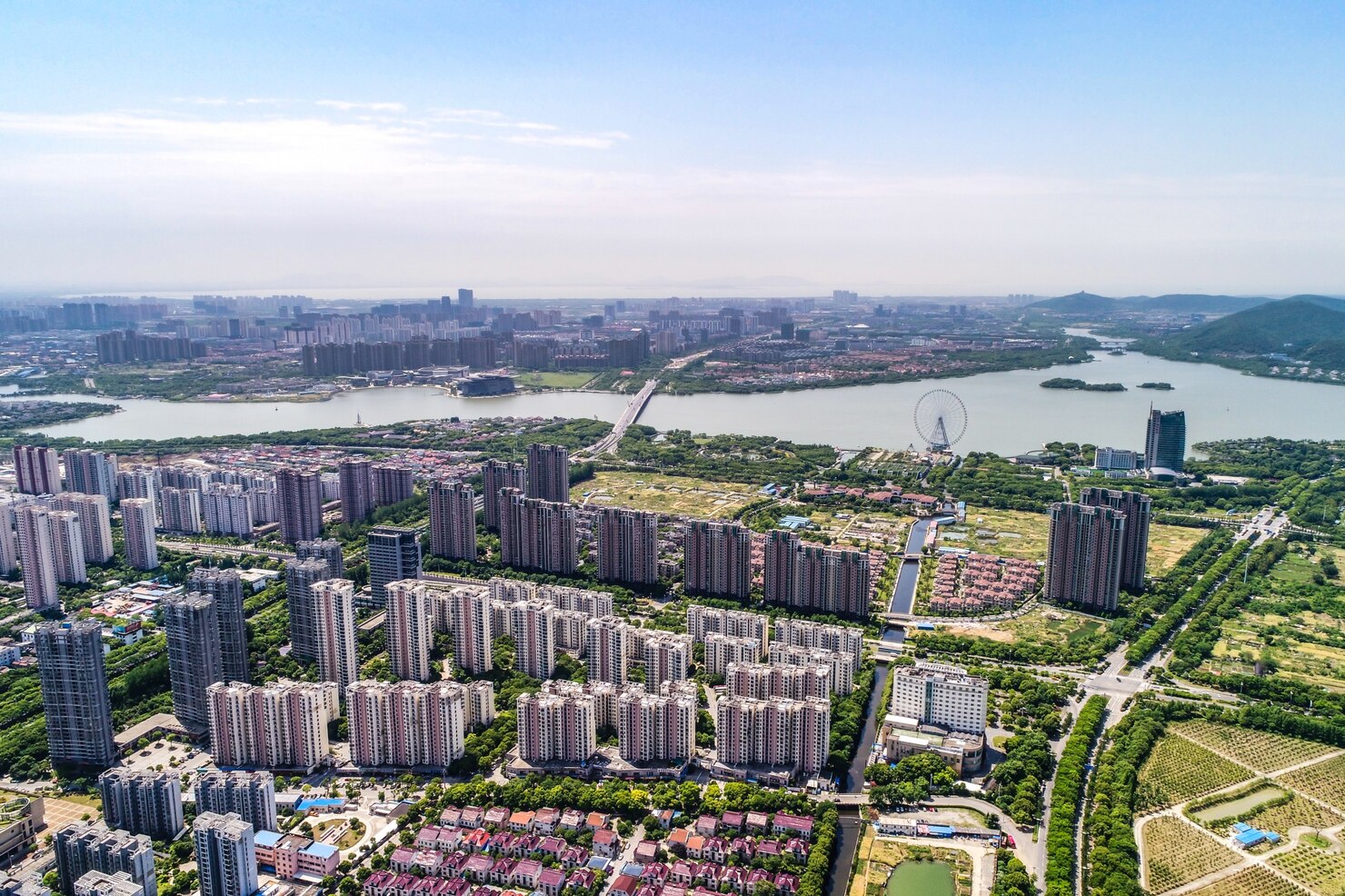In the previous article, we has presented to the readers an overview of Health Supplements/Dietary Supplements (“HS/DS”), the history of regulations governing the business of Functional Foods, HS/DS, in particular, introducing to interested people Circular No. 12/2024/TT-BYT dated July 18, 2024 of the Ministry of Health issued together with the National Technical Regulation QCVN 20-1:2024/BYT (“NTR”) on the limit of contaminants in HS/DS. This NTR takes effect from August 01, 2025.
In this article, we will introduce to you in more detail what are the specific contaminants that HS/DS must comply with when applying to this NTR.
According to this NTR, the contaminants for HS/DS need to comply with the limits, including some heavy metal criteria and some microbiological criteria depending on the characteristics of each category of HS/DS.
- Regarding the maximum limit for heavy metal criteria mainly established for for Arsenic (As), Cadmium (cd), Lead (Pb) and Mercury (Hg).
- For As, normally, the products must only ensure compliance with the limit for the total As content at a maximum of 5.0 mg/kg or mg/L. However, when the total As content in the product is greater than 1.5 mg/kg or mg/L, then, requires further compliance and monitoring of inorganic As content limits with a maximum limit of 1.5 mg/kg or mg/L.
-
- About Cd, based on the key ingredients of the HS/DS to determine the maximum limit to be followed. If HS/DS contain the ingredients from seaweed or from bivalve mollusks, then the maximum limit of Cd in the product is 3.0 mg/kg or mg/L. If the product does not contain these ingredients, the maximum limit of Cd in the product is 1.0 mg/kg or mg/L.
-
- Regarding Pb, the general limit for products is 10.0 mg/kg or mg/L.
-
- For Hg, the general limit for products is 0.5 mg/kg or mg/L.
- In addition, HS/DS products must comply with maximum limits for microbiological criteria. With these criteria which have a breakdown by product group to set the limit to be followed. Accordingly, HS/DS products are classified into 06 large groups with different compliance microbiological criteria and maximum limits, including:
- Group (1) – HS/DS group contains plant-based ingredients, which must be treated with boiling water;
-
- Group (2) – HS/DS group contains plant-based ingredients;
-
- Group (3) – HS/DS group containing animal or mineral ingredients or a mixture of two or more animal, mineral and plant ingredients;
-
- Group (4) – HS/DS group contains one or more types of ingredients: vitamins, minerals, amino acids, fatty acids, enzymes, chemically determined bioactive substances and not belonging to groups 1, 2 and 3 above;
-
- Group (5) – HS/DS group contains one or more types of ingredients: vitamins, minerals, amino acids, fatty acids, enzymes, chemically determined bioactive substances and does not belong to groups 1, 2 and 3 above (Non-watered dosage);
-
- Group (6) – HS/DS group contains only probiotics
Group (6) shall have 3 sub-groups, including:
-
-
- (6.1) HS/DS contains only probiotic components of the non-spore group; (6.1) TPBVSK chỉ chứa thành phần probiotic thuộc nhóm không sinh bào tử;
-
-
-
- (6.2) HS/DS contains only probiotic components of the sporogenesis group
-
-
-
- (6.3) HS/DS contains only probiotic components of the yeast group.
-
Among the 6 groups above, the HS/DS Group No. (2) and No. (3) require stricter compliance with both the number of criteria to be complied with as well as the maximum limit of each allowable microbiological expenditure. For details of the limit of each group, please refer to NTR.
Thus, it is very necessary and important to determine which group of HS/DS products belong to apply the corresponding microbiological limit level.
From the presented contents above, we recommend that Clients need to carefully research the detailed contents of NRT when developing or reviewing the Product Specification to set forth the limits for conformity criteria limited at NRT.
Disclaimers:
This article is for general information purposes only and is not intended to provide any legal advice for any particular case. The legal provisions referenced in the content are in effect at the time of publication but may have expired at the time you read the content. We therefore advise that you always consult a professional consultant before applying any content.
For issues related to the content or intellectual property rights of the article, please email cs@apolatlegal.vn.
Apolat Legal is a law firm in Vietnam with experience and capacity to provide consulting services related to Business and Investment and contact our team of lawyers in Vietnam via email info@apolatlegal.com.




































